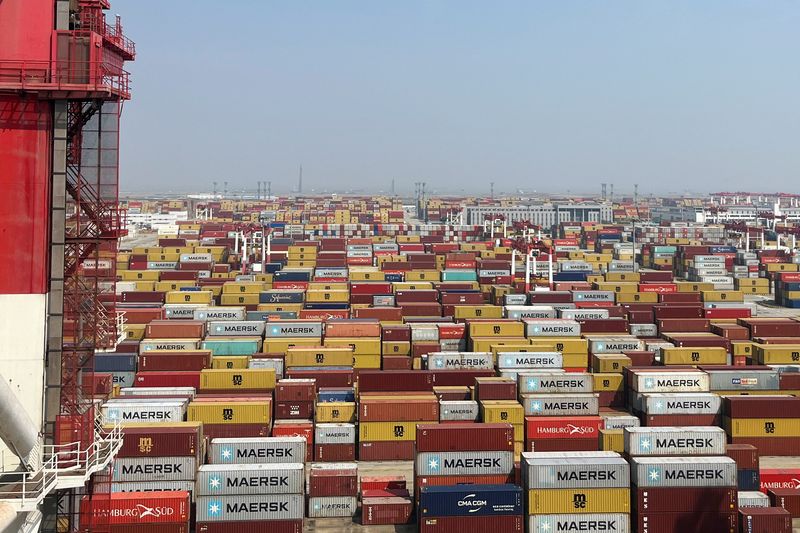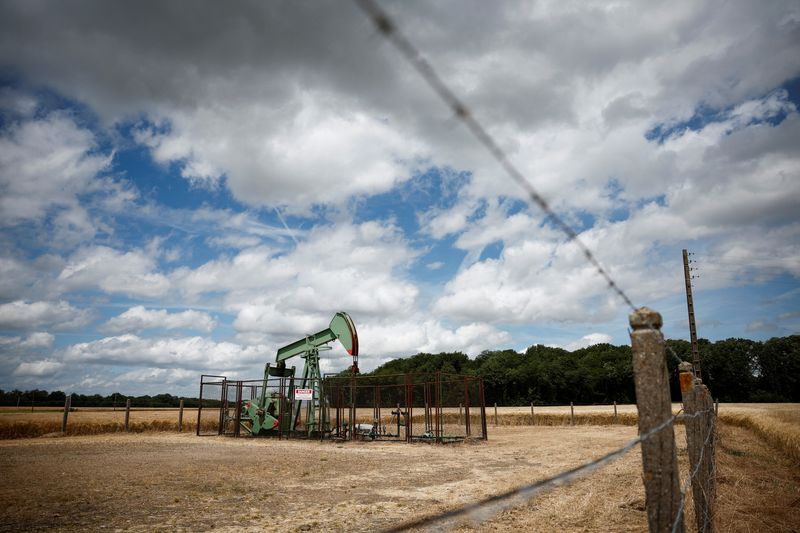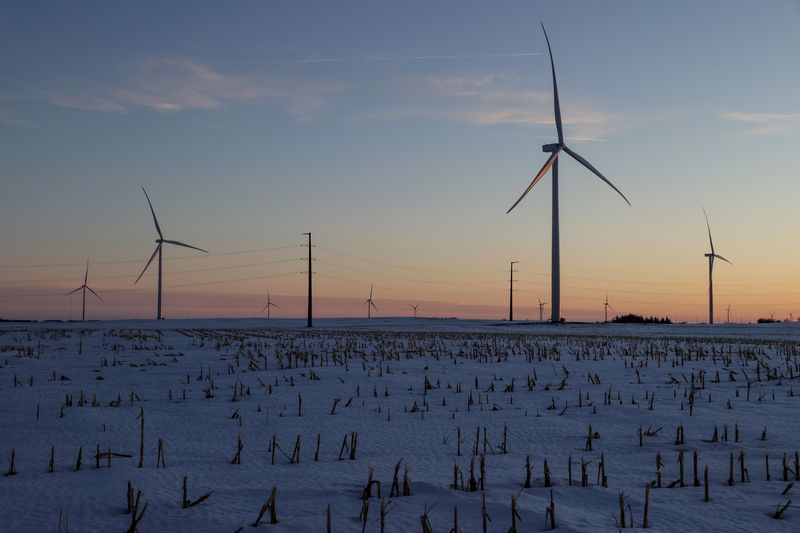Investing.com– Oil prices rose Friday, on track for hefty weekly gains, on optimism around top importer China’s fresh stimulus measures as well as the potential for additional sanctions on Russia.
At 08:15 ET (13:15 GMT), Brent Oil Futures traded 0.4% higher to $73.71 a barrel, and Crude Oil WTI Futures gained 0.4% to $70.29 a barrel.
Both contracts were on course for gains of over 4% this week, the first weekly rise since the end of November.
China stimulus cheer keeps oil prices supported
China announced plans to boost its budget deficit, increase debt issuance, and ease monetary policy to sustain economic growth amid anticipated trade tensions with the U.S., as highlighted in a state media readout from the Central Economic Work Conference held on Dec. 11-12.
Analysts interpret this shift in tone as a signal that China is prepared to take on greater debt to prioritize economic growth over managing financial risks in the short term. These measures aim to stimulate industrial activity, infrastructure development, and consumer spending, which can increase energy consumption, particularly for oil.
On top of this, US Treasury Secretary Janet Yellen stated that a weaker global oil market could present a chance for additional action against Russia’s energy sector, as the U.S. continues to work to hinder Moscow’s ability to wage war against Ukraine.
“A more comfortable oil market provides the opportunity to tighten sanctions on Russia. However, while they might want to target some Russian oil export volumes, they do not wish to cut off the bulk of these flows as this would push the market into a deep deficit, pushing prices significantly higher,” said analysts at ING, in a note.
IEA oversupply outlook drags oil prices
The International Energy Agency (IEA) slightly raised its demand forecast for next year on Thursday, but maintained its projection that the oil market will remain adequately supplied.
Market sentiment has also been influenced by broader economic concerns, including weaker-than-expected demand growth in China, traditionally a key driver for global oil consumption. The IEA noted that China’s oil demand has been contracting, further underscoring the expected oversupply scenario.
The Organization of the Petroleum Exporting Countries, known as OPEC, had lowered its forecasts for oil demand growth in 2024 and 2025, on Wednesday, its fifth consecutive downward revision. The cartel had also recently extended its run of supply cuts.
Despite the bearish supply forecast, refinery runs are picking up in December, and seasonal factors may lend temporary support to prices, according to IEA. However, traders remain cautious about the outlook as rising supply and tepid demand recovery weigh on the balance sheets.
(Ayushman Ojha contributed to this article.)
This post is originally published on INVESTING.






